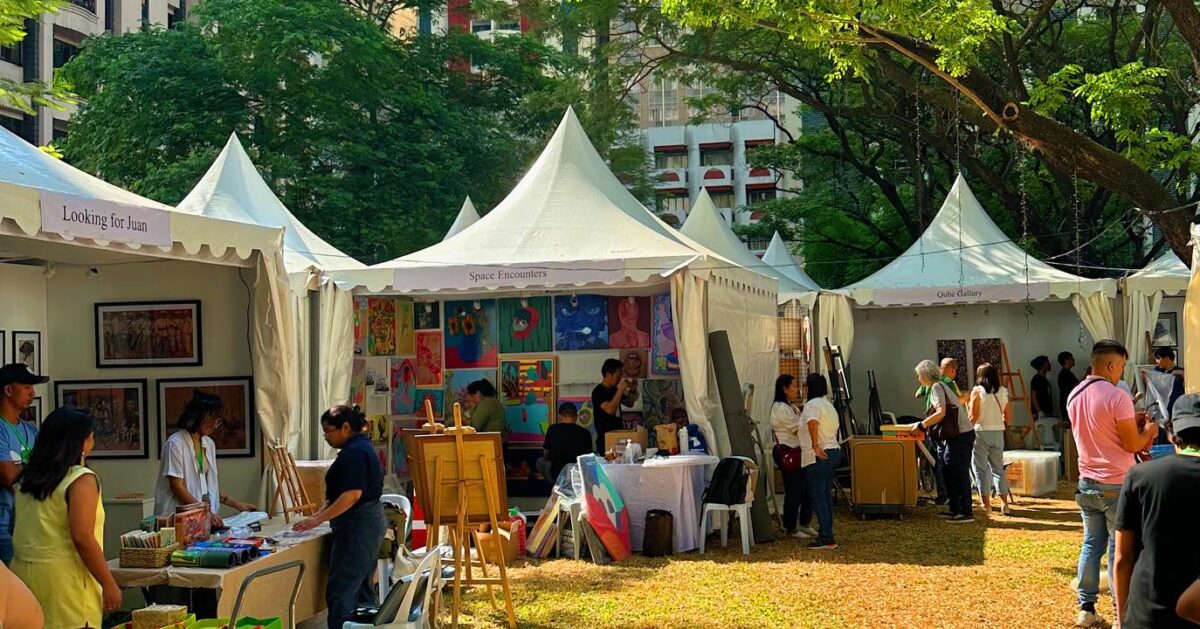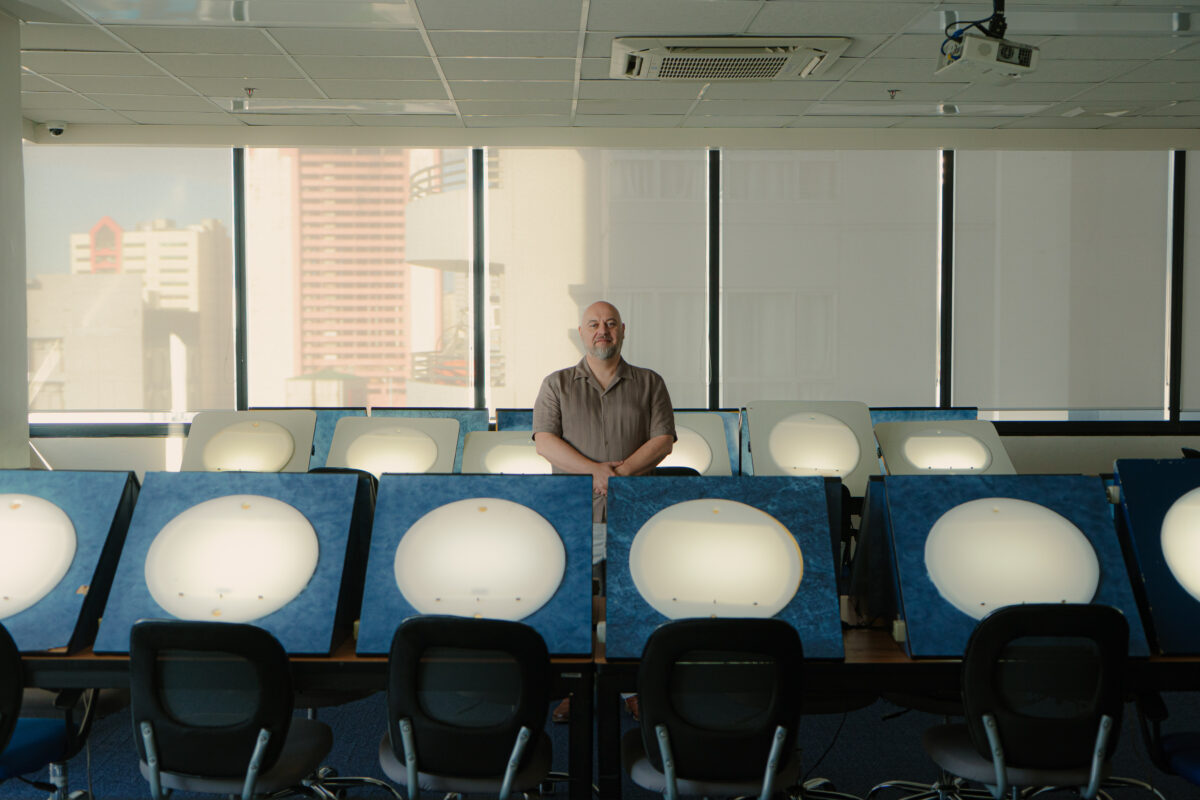The month of March this year was the turning point when it came to the coronavirus. Things suddenly changed and began to spiral out of control. One day, I received a call from Fr. Felipe Villalobos, the chaplain of my daughter’s school. He asked if I would like to pray the rosary that afternoon with a few friends. I did not hesitate. It was a relief and source of great comfort to be able to lean on the love of our Virgin Mary.
We were five people that afternoon. We prayed for healing, comfort and peace. And as the days went on, our little rosary group grew, as did our list of intentions for healing, as well as eternal repose.
Today, a little over eight months since that first rosary, we have an average of 75 families praying together every night. We have become a large extended family as well, sharing the burden of grief, with each one praying as sincerely and devoutly for one another’s whispered requests, as though it were their own. News of answered intentions and stories of healing are celebrated joyfully by all.
Back in July, we made a joke and told Father Villalobos we should go international. He took our joke seriously and organized a global rosary in time on the Feast of the Assumption last Aug. 15. While the Zoom room could only accommodate a limited number of participants, the livestream on the official Facebook page of Regnum Cristi PH, showed over 7,000 views for the rosary prayed simultaneously with families in Vietnam, Australia, New Zealand, Italy, Mexico and the United States.
This Dec. 12, on the Feast of Our Lady of Guadalupe, we are all looking forward to the second worldwide rosary. This time, almost all the continents will be represented.
The significance of the date chosen bears a special meaning for us Filipinos. In 1935, no less than Pope Pius XI declared Our Lady of Guadalupe as the patroness of the Philippines.
Most visited pilgrimage site
But exactly what is the story behind the famous image on the cloth which we see everywhere? It all began in Mexico on Dec. 9, 1531, with a series of miraculous apparitions. A peasant named Juan Diego was passing through a hill called Tepeyac when a woman appeared to him and spoke in his native language. She identified herself as the “Mother of the one true God” and asked that a church be built in her honor at that site.
Juan Diego immediately rushed to the church and the archbishop of Mexico and, as expected, nobody believed him. The lady then appeared once more to Juan Diego with the same request, which was once again rebuffed by the archbishop. He instructed Juan Diego to ask the lady for a sign, which he did the next time he saw her. She agreed to do so the following day, Dec. 11.
Unfortunately, Juan Diego’s uncle became gravely ill and the young man, worried for his uncle, was on a mission to find a priest to perform the sacrament of the last rites. He purposely avoided the spot where she would appear but, to his surprise, as he was passing through another route on the morning of Dec. 12, she showed herself to him again.
It was then that she uttered her now famous words of comfort:
“Let not your heart be disturbed. Do not fear that sickness, nor any other ills or anguish. Am I not here, who is your Mother? Are you not under my protection? Am I not your health? Are you not happily within my fold? What else do you wish? Do not grieve or be disturbed by anything.“
With words like these, is it any wonder that so many have turned to her in times of threat and fear? She assured Juan Diego that his uncle would be fine and instructed him to gather the flowers at the hill to bring to the archbishop.

Juan Diego turned and was surprised to see blooming Castilian roses on the otherwise barren land. Moreover, the flower that was not at all native to Mexico and it was growing there in the middle of winter. The mysterious lady arranged the flowers herself in Juan Diego’s tilma, a cloak made of agave fibers.
When Juan Diego opened his tilma at the church, the archbishop and all the present church officials fell to their knees as roses cascaded from Juan Diego’s cloak. There, imprinted on his tilma, was an image of a beautiful lady. Since then, she has been known as Our Lady of Guadalupe, as per her wishes. It was also made known later on that she appeared at the bedside of Juan Diego’s ailing uncle and ensured his full and immediate recovery.
A church was immediately built and news of the miracle spread far and wide, resulting in a mass conversion to Catholicism in Mexico.
The church has since grown into the Basilica of Our Lady of Guadalupe, which is the most visited Catholic pilgrimage site in the world as well as the world’s third most visited sacred site. INQ
If you would like to join us in prayer on Dec. 12, it will be streamed live on bit.ly/WWFRosaryOLG and on Facebook: Regnum Christi Philippines; or join us on Zoom 82171657690, passcode RCrosary.












































